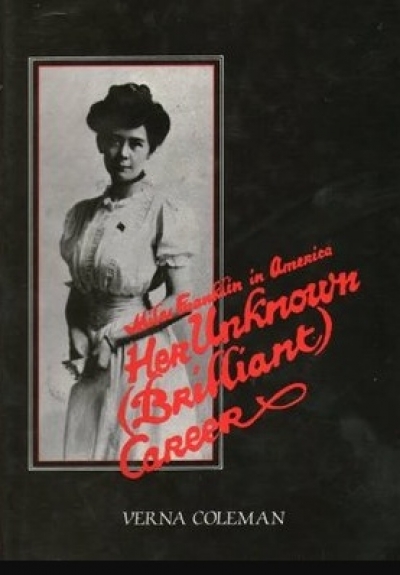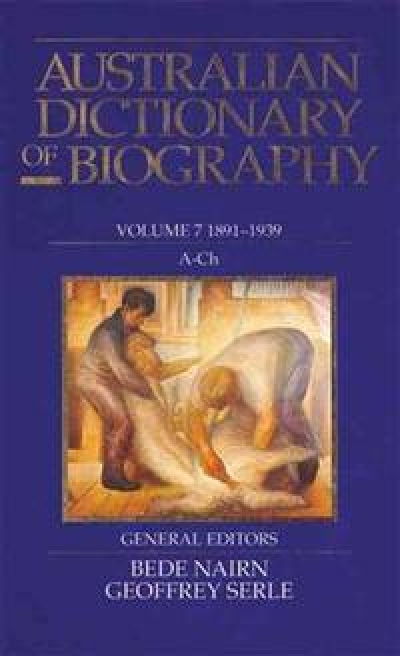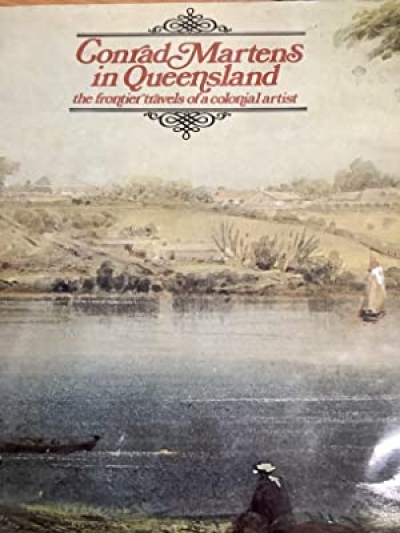Biography
Her Unknown (Brilliant) Career: Miles Franklin in America by Verna Coleman
by Beatrice Faust •
Mucking Around: Five continents over fifty years by Naomi Mitchison
by Stephen Murray-Smith •
The Australian Dictionary of Biography Vol 7 1891–1939, A–Ch edited by Bede Nairn and Geoffrey Serle
by Don Watson •
Australian Writers: An illustrated guide to their lives and work by Graeme Kinross-Smith
by Geoffrey Radcliffe •
Conrad Martens in Queensland by J.G. Steele & A few Thoughts and Paintings by Ted Andrew
by Gary Catalano •









